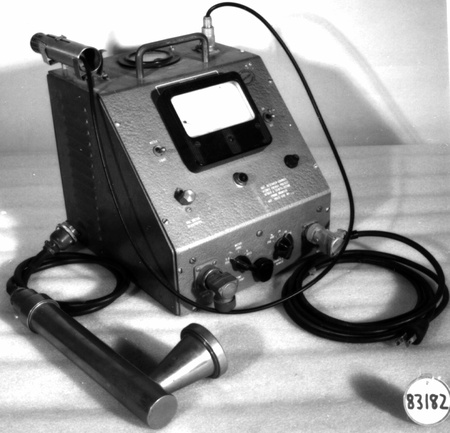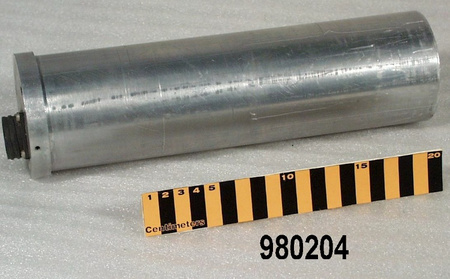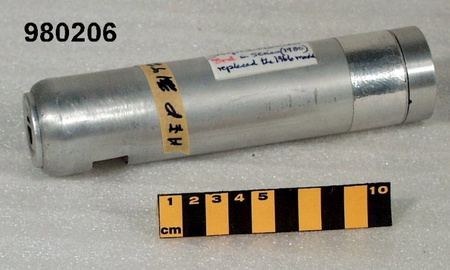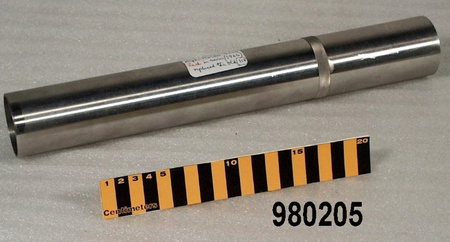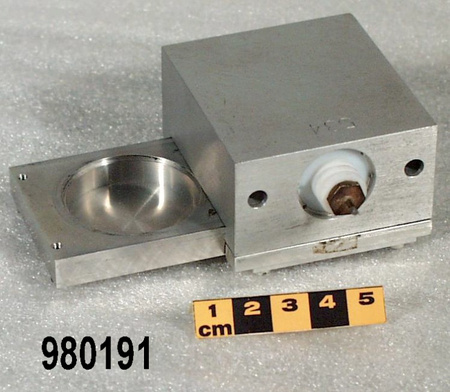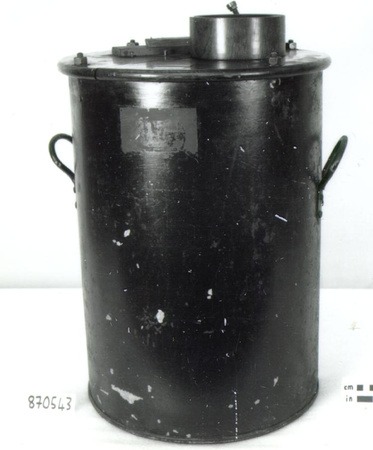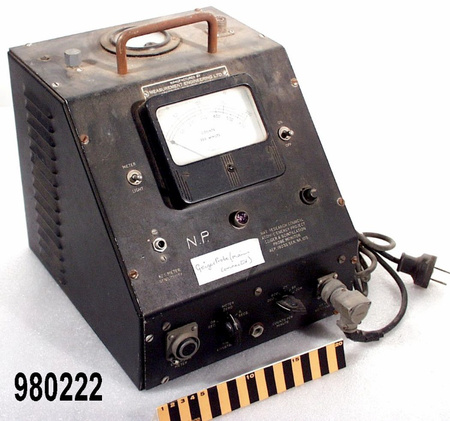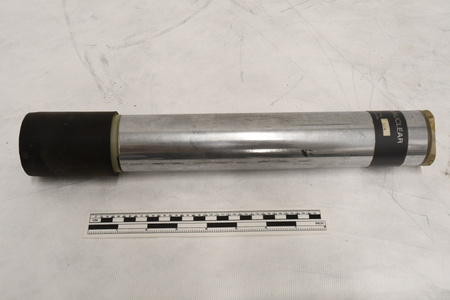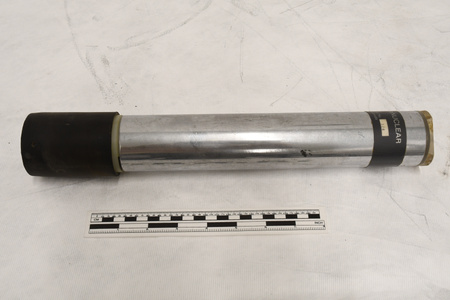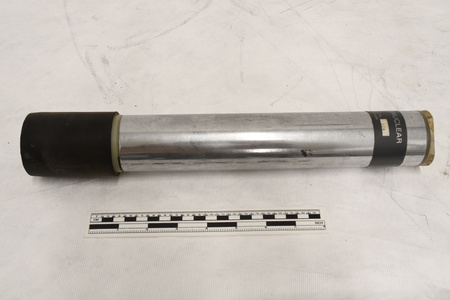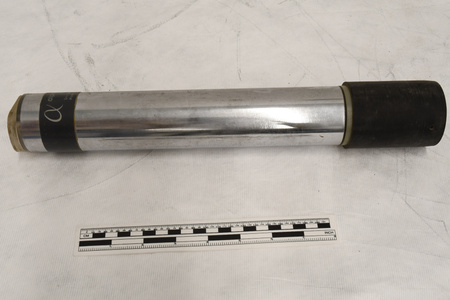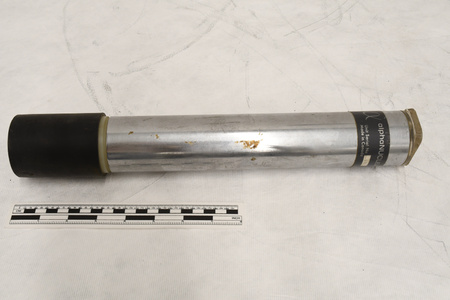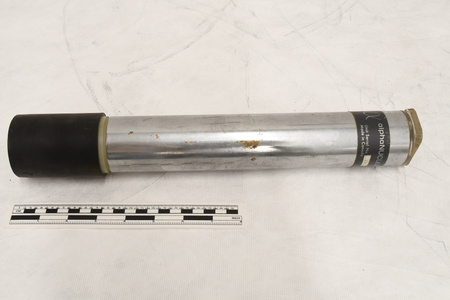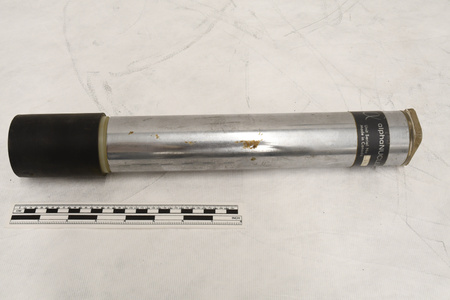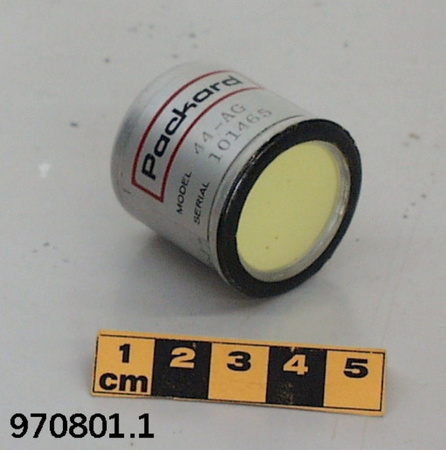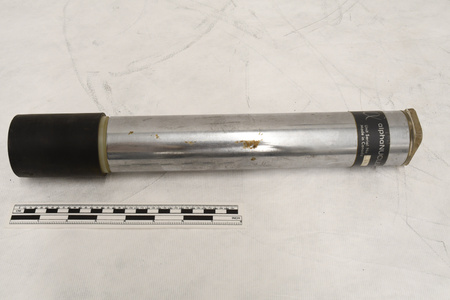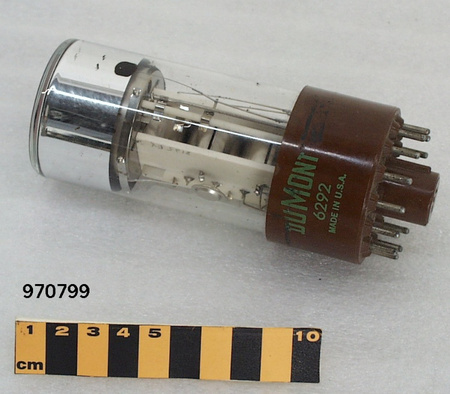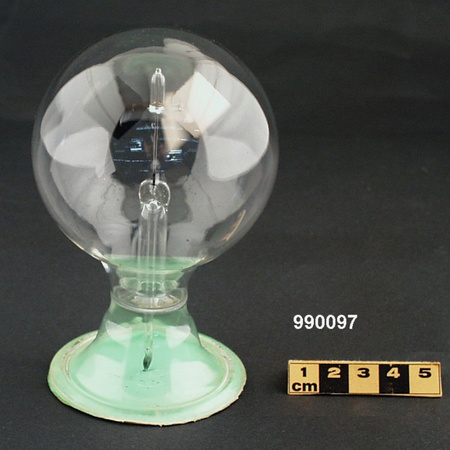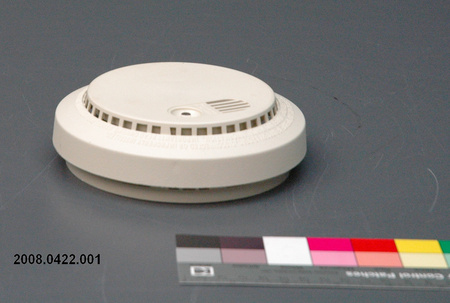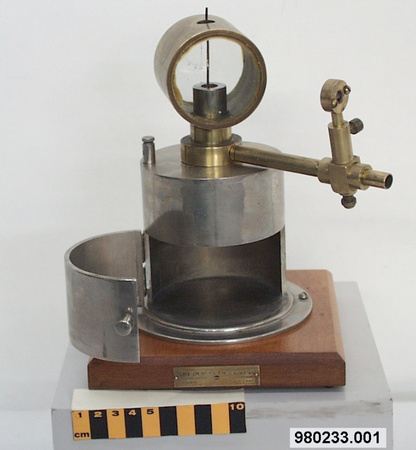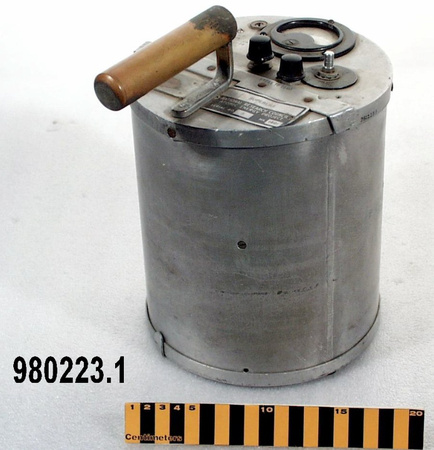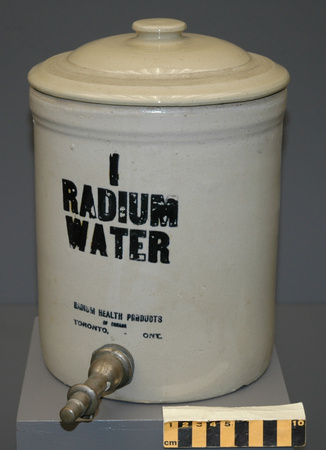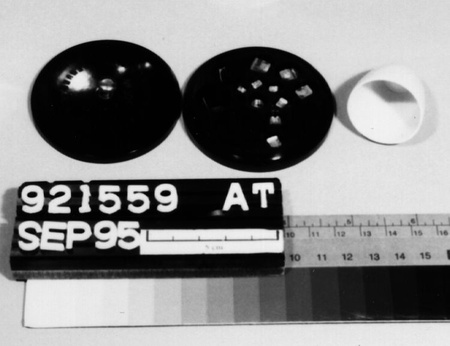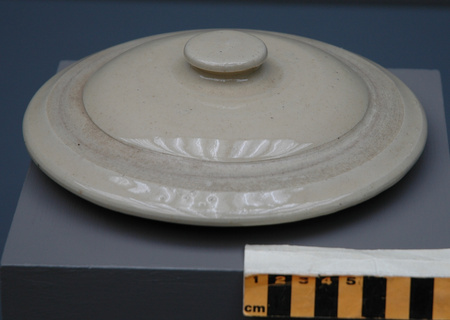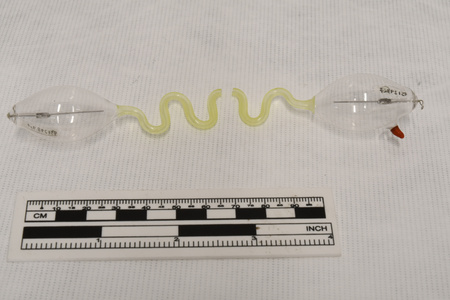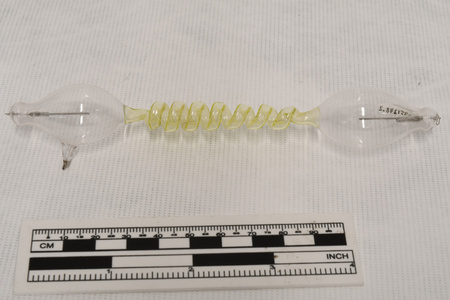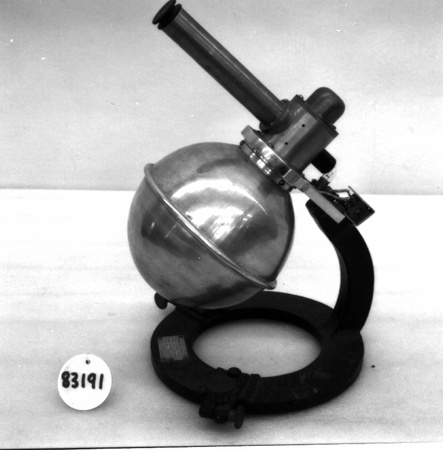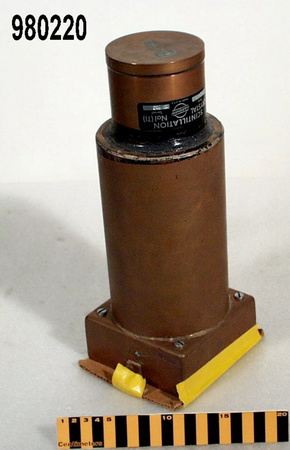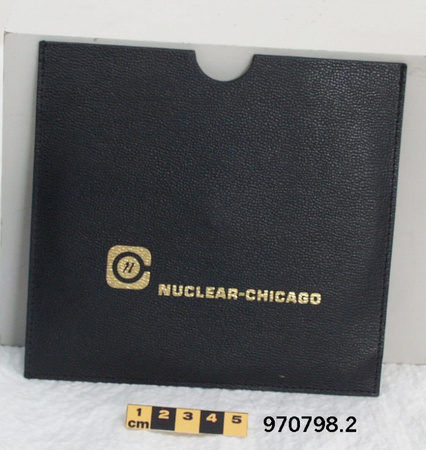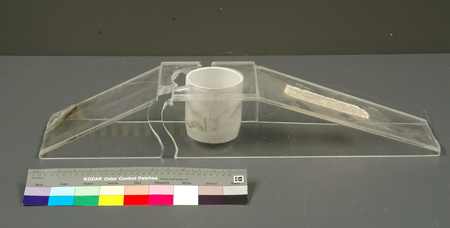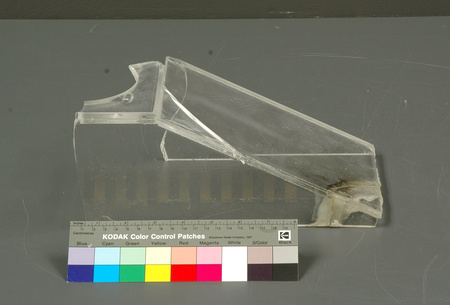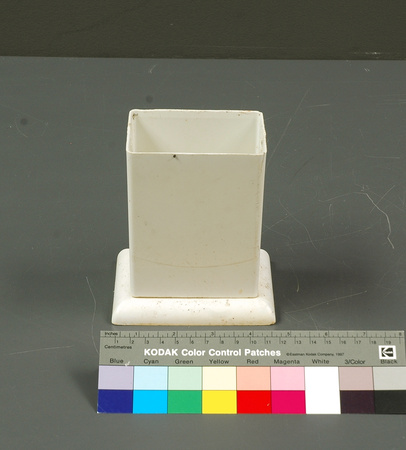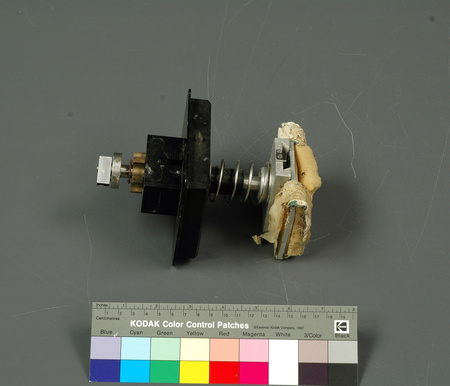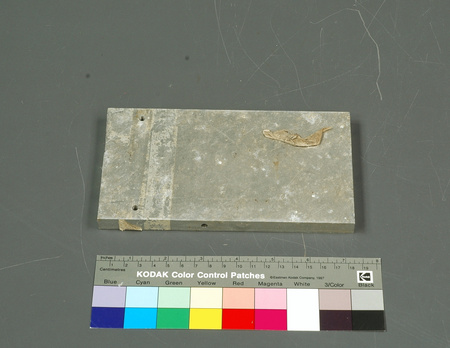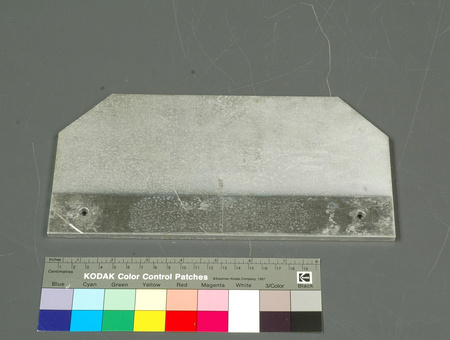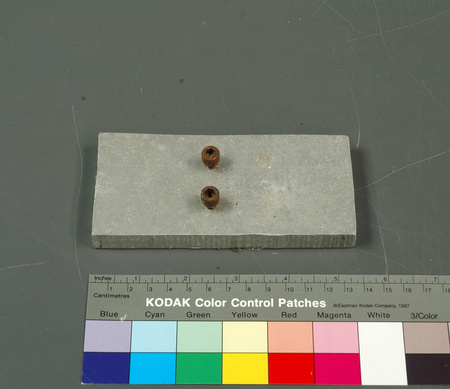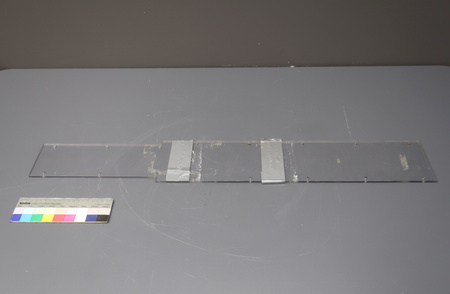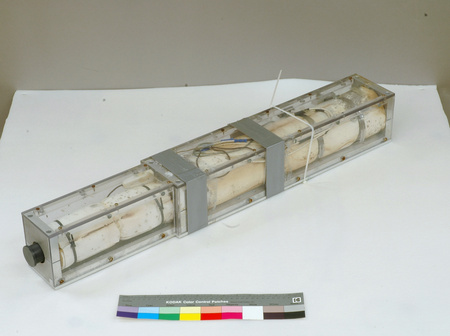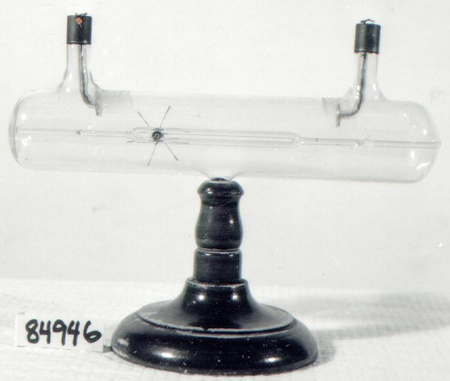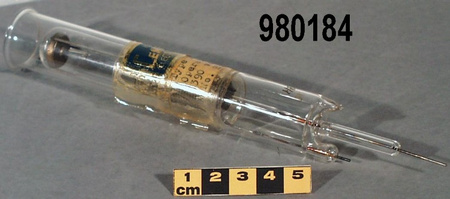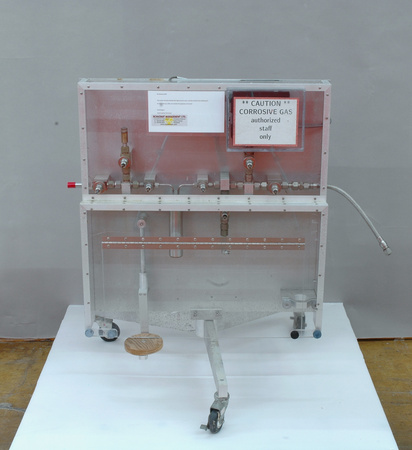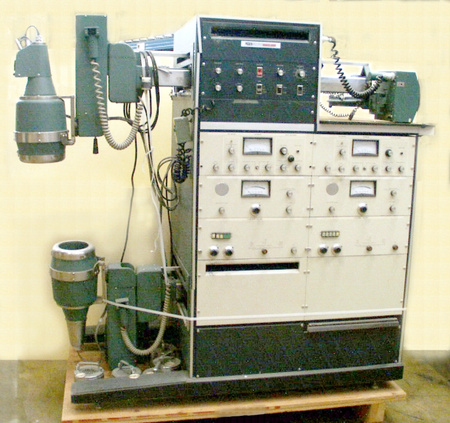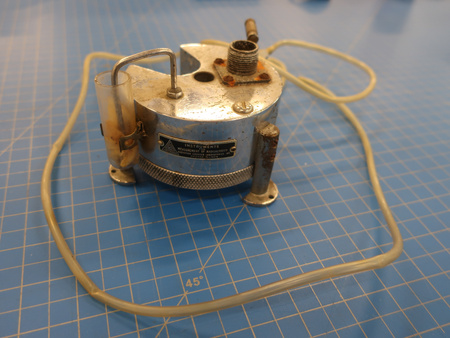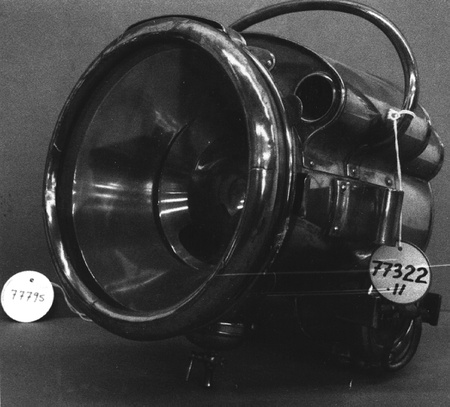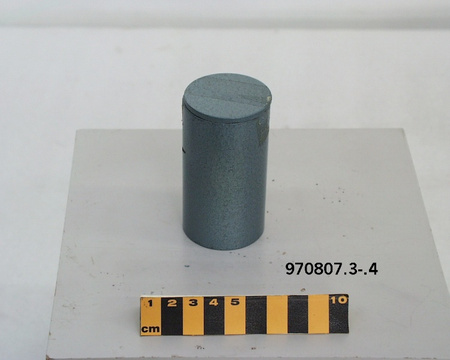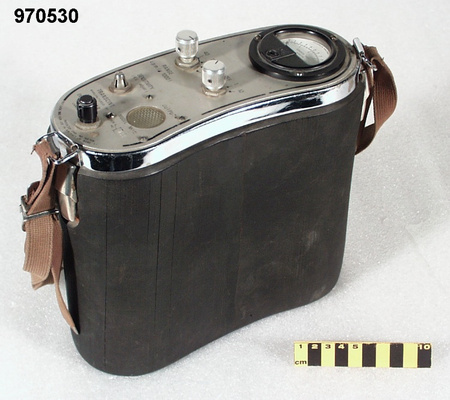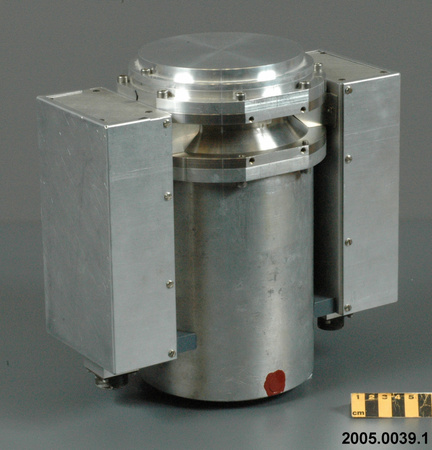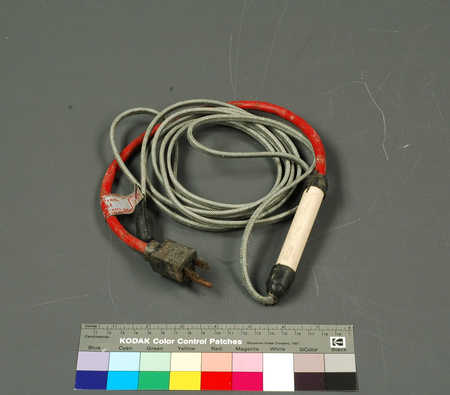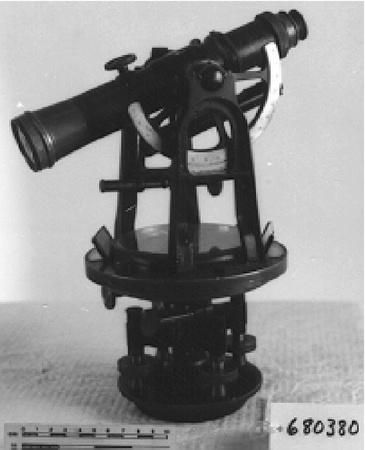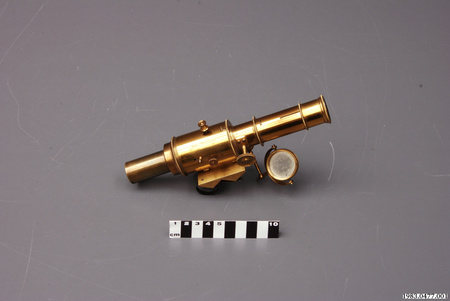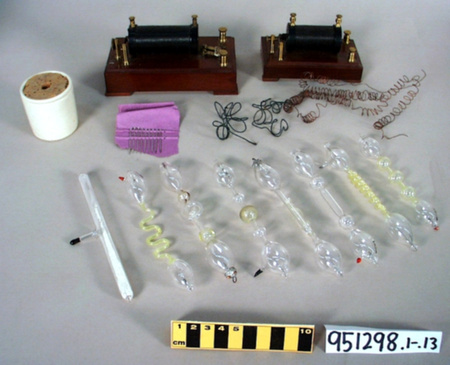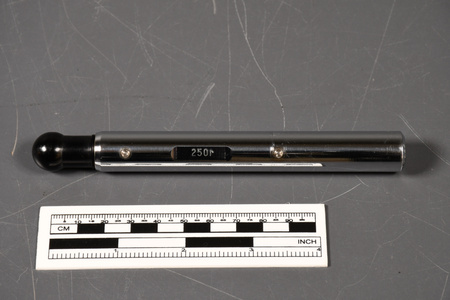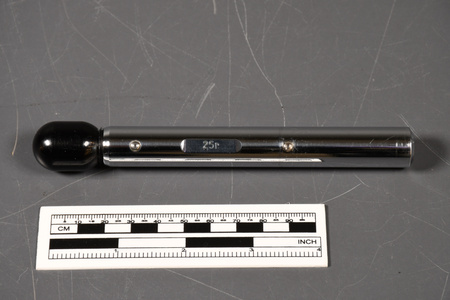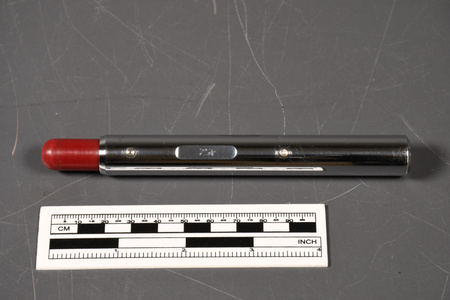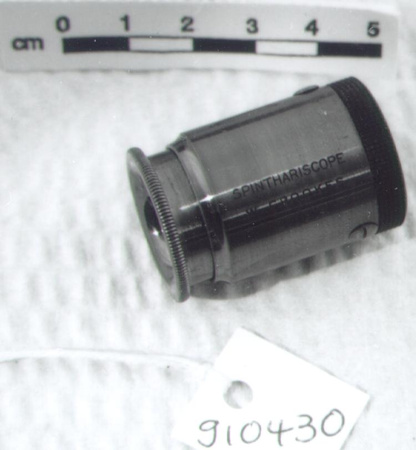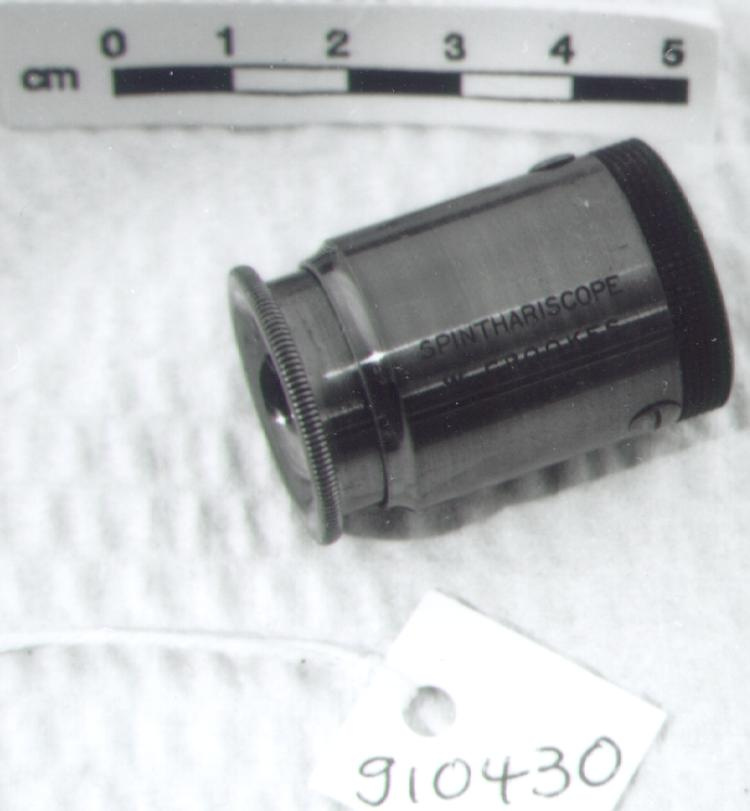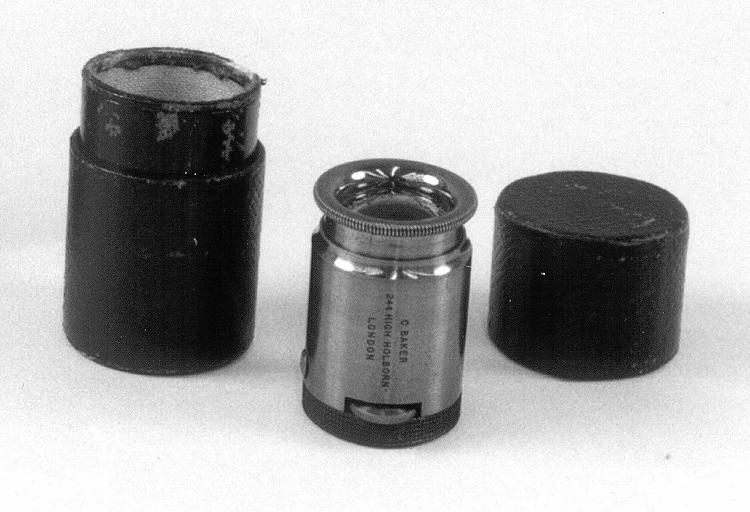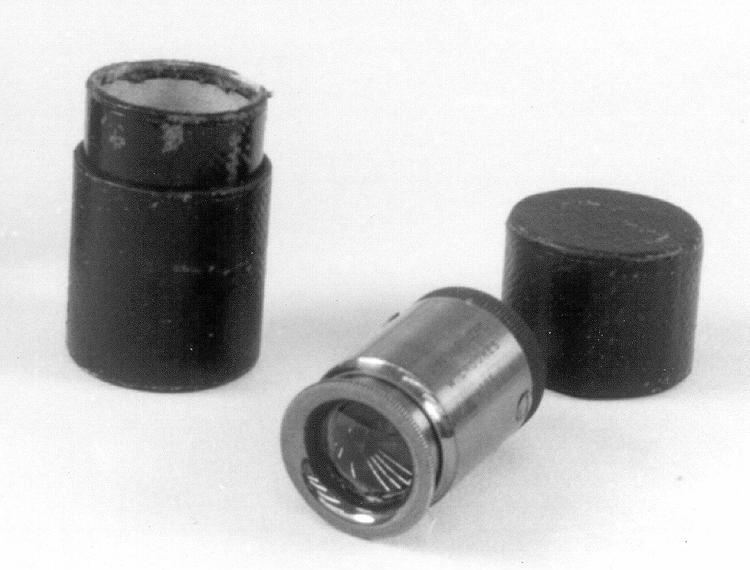Spinthariscope
Use this image
Can I reuse this image without permission? Yes
Object images on the Ingenium Collection’s portal have the following Creative Commons license:
Copyright Ingenium / CC BY-NC-ND (Attribution-NonCommercial 4.0 International (CC BY-NC 4.0)
ATTRIBUTE THIS IMAGE
Ingenium,
1991.0430.001
Permalink:
Ingenium is releasing this image under the Creative Commons licensing framework, and encourages downloading and reuse for non-commercial purposes. Please acknowledge Ingenium and cite the artifact number.
DOWNLOAD IMAGEPURCHASE THIS IMAGE
This image is free for non-commercial use.
For commercial use, please consult our Reproduction Fees and contact us to purchase the image.
- OBJECT TYPE
- N/A
- DATE
- 1903
- ARTIFACT NUMBER
- 1991.0430.001
- MANUFACTURER
- Baker, C.
- MODEL
- WM. CROOKES PATTERN
- LOCATION
- London, England
More Information
General Information
- Serial #
- N/A
- Part Number
- 1
- Total Parts
- 1
- AKA
- N/A
- Patents
- N/A
- General Description
- BRASS; GLASS; CARDSTOCK CASE COVERED IN LEATHER
Dimensions
Note: These reflect the general size for storage and are not necessarily representative of the object's true dimensions.
- Length
- 4.0 cm
- Width
- 2.5 cm
- Height
- N/A
- Thickness
- N/A
- Weight
- N/A
- Diameter
- N/A
- Volume
- N/A
Lexicon
- Group
- Physics
- Category
- Atomic & nuclear
- Sub-Category
- N/A
Manufacturer
- AKA
- Baker
- Country
- England
- State/Province
- Unknown
- City
- London
Context
- Country
- Worldwide
- State/Province
- Unknown
- Period
- PROBABLY C. 1903-1920
- Canada
-
THIS TYPE OF DEVICE WAS USED BY ERNEST RUTHERFORD TO MEASURE THE HALF-LIFE OF RADIUM C.1906-8 POSSIBLY AT MCGILL (NOT CONFIRMED). THESE DEVICES WERE APPARENTLY WIDELY USED TO MEASURE THE PRESENCE OF RADIO ACTIVITY THROUGHOUT CANADA EARLY IN THE 20C. - Function
-
USED TO DETECT ALPHA PARTICLES & THUS THE PRESENCE OF RADIOACTIVITY. A SMALL SOURCE OF ALPHA PARTICLES WAS PLACED ABOVE A ZINC-SULPHIDE SCREEN. THE EMISSION OF AN ALPHA PARTICLE CAUSED A MOMENTARY FLURORESCENT FLASH WHICH WAS VIEWED THROUGH A MAGNIFIER INCORPORATED IN THE DEVICE. - Technical
-
FIRST DEVICE TO QUANTATIVELY MEASURE RADIO ACTIVITY. WERE TEDIOUS AND A STRAIN TO USE AND WERE SUPPLANTED BY THE RUTHERFORD AND GEIGER COUNTERS DEVELOPED BETWEEN 1908-1913 WHICH USED VACUUM TUBES. FROM BRIAN CATHCART, 'THE FLY IN THE CATHEDRAL', 2004, PP. 37-38 (SEE REF. 3). By an almost miraculous quirk of nature there was a tool which allowed the researcher to see, if not quite the subatomic particles themselves, then the footprints they left behind. This was the scintillation screen, a device serendipi-tously discovered by one of the last of the great gentlemen scientists, Sir William Crookes. Crookes was completing an experiment in his private laboratory one day in 1903 when he managed to lose sight of the trace of radium he had been using. He was not concerned, for he knew that radioactivity excited a glow in a cheap compound called zinc sulphide, so he took some of this and moved it around the surface of his desk until, coming near to the radium speck, it glowed. In that moment, for some happy reason, Crookes began to think about the glow rather than the radium and he got out his magnifying glass to take a closer look. To his surprise he found that the light emerging from the chemical was not uniform but sparkly, like a series of tiny, individual events, fascinating and beautiful to behold. (So beautiful, in fact, that in a short time an adult toy was on sale in London which produced the effect in a sort of radioactive kaleidoscope. It was called a 'spinthariscope'.) More important than its visual charm, however, was what was causing the effect. There was sometimes a dull background glow, which Crookes correctly deduced was caused by beta and gamma rays, the lighter kinds of radioactive emission, but the sparks or 'scintillations' were something quite different. Each was the result of the impact on the zinc sulphide of a single alpha particle. It was an oddity no one could explain but it was to prove a very helpful one. Because of their size and speed alpha particles were the most useful radioactive ammunition for experimental purposes and Crookes had discovered a means not only of detecting their presence but also, with the help of a good microscope, of counting them. - Area Notes
-
Unknown
Details
- Markings
- ENGRAVED ON SIDE: 'C. BAKER/ 244 HIGH HOLBORN/ LONDON/ SPINTHARISCOPE/ W. CROOKES/ 1903'
- Missing
- None
- Finish
- BLACK CASE/ POLISHED BRASS WITH BLACK END
- Decoration
- N/A
CITE THIS OBJECT
If you choose to share our information about this collection object, please cite:
Baker, C., Spinthariscope, circa 1903, Artifact no. 1991.0430, Ingenium – Canada’s Museums of Science and Innovation, http://collection.ingenium.ca/en/id/1991.0430.001/
FEEDBACK
Submit a question or comment about this artifact.
More Like This
